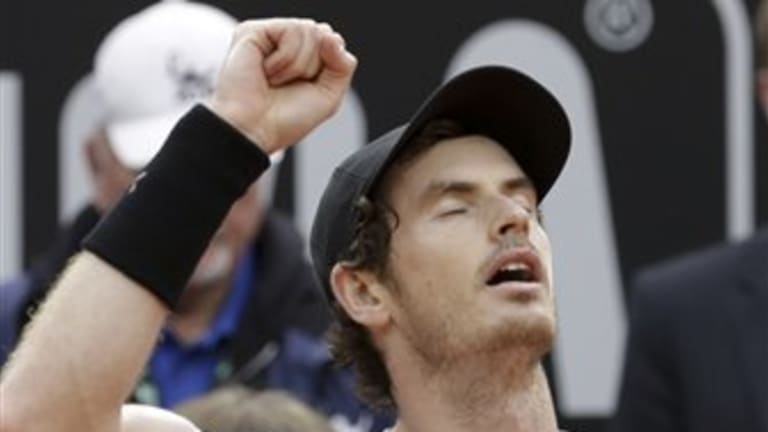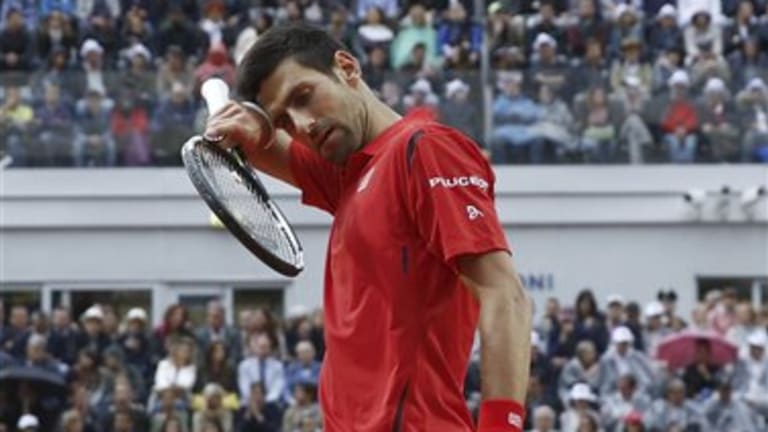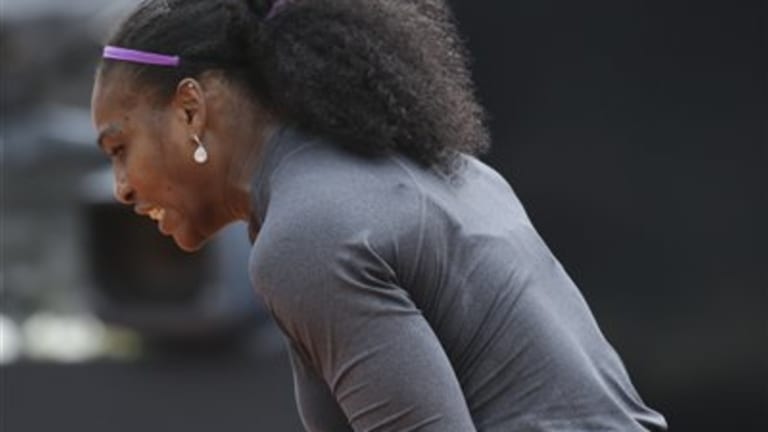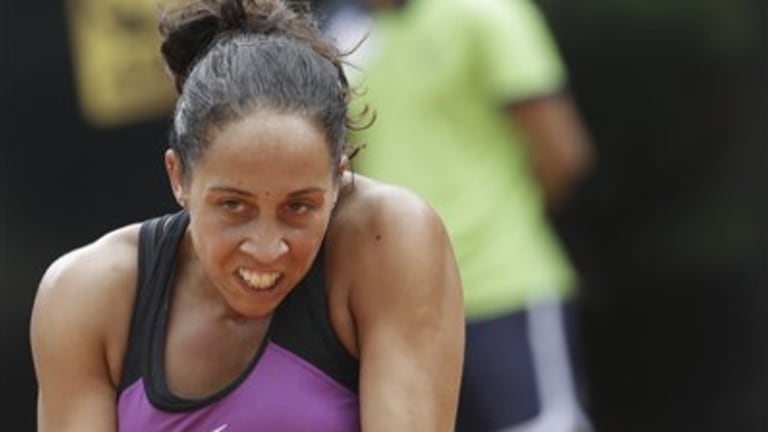The men’s draw provided the bigger surprise, and the bigger story. Andy Murray’s 6-3, 6-3 win over Novak Djokovic in the final was just his second over the world No. 1 in his last 13 attempts, and his first in five tries on clay. Even more surprising, this 95-minute match wasn’t even close.
Murray was the sharper, headier and more upbeat player from start to finish. He broke early in each set and was never broken back. He hit nine more winners, made four fewer errors, won 82 percent of his first-serve points and faced just three break points. He never tightened up with the lead or let Djokovic drive him into a rage.
Instead, Murray ended rallies as quickly as he could, either by coming to the net, where he was 13 of 17, or carving under drop shots. And he finished the victory in style, by hitting a backhand pass from what appeared to be the first row of the sideline bleachers.
Yet for all of that, Murray's first title in Rome came with a caveat. He admitted afterward that his road to the final had been a lot smoother than Djokovic's.
“I was extremely fresh physically, because I played quick matches," said Murray, who didn't face a Top 10 opponent, or drop a set, in his first four rounds.
Djokovic, of course, had not played quick matches. On Thursday night, he had lost the first set of his third-rounder to Thomas Bellucci, 6-0, before coming back to win. On Friday, he had gone hammer and tongs against his greatest clay-court rival, Rafael Nadal, for two explosive sets. And on Saturday night, in a match that didn’t end until after 11 P.M., he had fought even harder to hold off a bold and in-form Kei Nishikori in three brutal hours.
Djokovic said he would be ready for the final, but while he never threw in the towel against Murray, he never found his top gear, either. While Murray used his drop shot aggressively and offensively, Djokovic’s dropper felt like a bail-out shot. More than once, he failed to follow it forward and was caught, uncharacteristically, out of position on the next shot.



